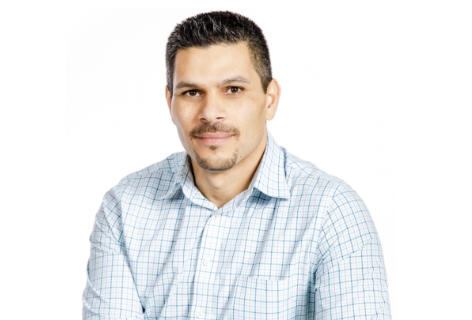Diversity and inclusion are constantly on our minds at Avery Dennison. Both have long been foundational priorities, and diversity is one of our corporate values. But in the weeks and months to come, we'll be looking at how we can do even more to translate our values and intentions into clear unmistakable actions.
When you look at our workforce as a whole, it is quite diverse. Having operations in more than 50 countries will do that. Of the fourteen members of our company leadership team, only four were born in the U.S.—a rarity for a Fortune 500 American-headquartered company.
But diversity on a global scale doesn’t automatically lead to diverse or inclusive work environments locally. Creating that environment takes a thoughtful, sustained effort, the conviction of our local leaders, and an investment of resources.
Compounding the challenge is the fact that diversity means different things in different parts of the world. In the U.S., workplace diversity is largely about race and gender. In Europe, the conversation also encompasses characteristics like age and mobility. In Asia, increasing diversity can mean hiring more single parents. In India, it’s mostly about gender, religion, and geographic origin. And the Middle East, religion and ethnicity tend to be the focus.
In Latin America, the dynamics of the conversation vary by country. For example, in Brazil, diversity is more about race and physical ability, where in Mexico it is more age and ethnicity. Age is a hot topic in Argentina, Chile and Colombia as well. These regional differences are why Avery Dennison’s diversity and inclusion initiatives are largely decentralized. Regional teams have latitude and empowerment in addressing diversity as our local communities define it.
Most of the time, efforts to increase diversity and inclusion focus on systems and processes, like recruiting and hiring, or the education pipeline. That’s a correct emphasis, because systems–corporate and otherwise–determine a great deal of our working environment, and, left unchecked, can perpetuate bias and inequity.
In recent years, attention has also been paid to how we, as individuals, can impede diversity and inclusion. This approach invites us to identify and challenge our unconscious biases. That, too, can be effective, because we all have deep-seated beliefs that guide our actions and choices, even if we’re not always aware of it.
Over the course of my career, I’ve found that there is something even more powerful each of us can do to help create working environments that are made up of a broader range of people, and that are more welcoming and inclusive of everyone. We can drive diversity and inclusion “from the inside out” by being fearlessly, unapologetically ourselves.
The last time I wrote about diversity, I told the story of living in the southeastern part of the U.S at the time of 9/11. I was a middle eastern muslim man with darker skin, a thick accent, and the middle name “Hussein,” attending graduate school in a suburban corner of the country–which I proudly call home today–at a moment when local distrust of people coming from my region was at an all-time high. I didn’t respond by being defensive, or by retreating into my cocoon, or by trying to somehow mask who I was by hiding my nationality, religion or heritage. I responded by just being me. I was as open, transparent and always assuming positive intentions. I was determined to show what people from my region were truly like—to break the stereotype. And, I trusted that my local friends, classmates and I would quickly discover that we had way more in common than not. I was determined to be myself—no more, no less.
Being oneself can be easier said than done, even in the most accepting of workplaces. But if any of us spends any time trying to be someone we’re not because we think it’s who our boss or co-workers want us to be, it is a huge waste of mental and emotional energy that otherwise could be diverted to better value creation. Every calorie of energy we spend trying to conform is energy we could use to innovate, delight customers and create business value.
Earlier in my career, I spent a little more energy trying to appear the way people thought a leader should look. I don’t do that anymore, and I have found that I am much more productive, laser-focused and successful when I am my true authentic self, even when it is riskier.
Of course, being ourselves doesn’t give us a licence to be a complete disruption; that is simply common sense. At Avery Dennison, we live and breathe our values, and nobody who ignores those in the name of individuality is going to thrive.
Also, it must be said that encouraging employees to be themselves is not a substitute for the deep, sometimes difficult systemic change that is essential for diversity, inclusion, and equity to flourish. We can be ourselves all day long, and that alone won’t be enough to overhaul a system that could be fundamentally biased or based on mistaken stereotypes.
But each of us can impact the climate and culture of our workplaces by being our authentic selves. At Avery Dennison, one of our internal slogans is, “Be different. Be you.” Living that expression sometimes demands courage. But courage, as it happens, is also an Avery Dennison value.
When the systemic and social change necessary to create a more diverse and inclusive company seems daunting, or when it seems to be moving too slowly, I am very energized by remembering that we all have some power in this equation. Each of us can nudge the progress along by showing up, speaking up, and contributing— just as we are, as part of the human chain.

